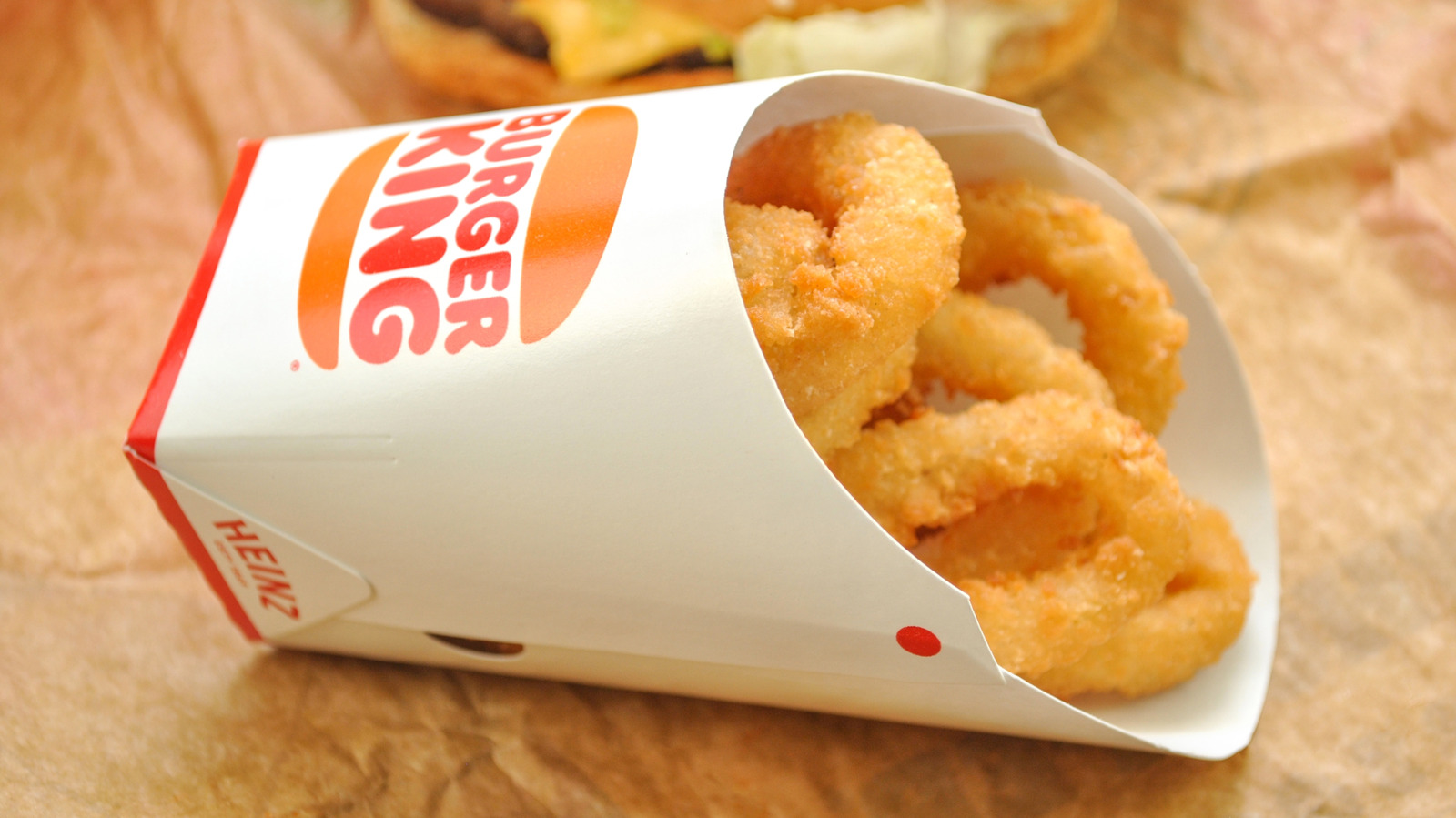
"It doesn't take long to realize Burger King's onion rings aren't the real deal. For starters, they're all exactly the same size - something anyone who's ever sliced an onion knows is impossible. The second giveaway comes with the first bite: instead of a sweet onion ring beneath the crunch, you get something closer to an onion-flavored paste. So what's actually inside? A glance at Burger King's own ingredient list reveals the truth. Of the 30 items that go into their rings, only four have anything to do with onions: dehydrated chopped onions, dehydrated minced onions, onion powder, and something simply called "onion flavor.""
"So why ditch the real onions? While there's no official word from Burger King as to why they use this recipe, one would imagine that the inconsistent size of onion slices and their short shelf life all make them tricky for a fast-food chain whose business depends on consistency. Traditional onion rings are harder to standardize than, say, French fries - potatoes can be peeled, cut, and fried in bulk, but onions need to be peeled, sliced into rings of varying sizes, dipped in batter (made with a bunch of secret ingredients from hot sauce to brown sugar), and coated with crumbs before they ever hit the fryer. Dehydrated and powdered onions solve those problems: they're stable in storage, easy to transport, and can be blended with starches and binders to form a uniform onion-flavored paste. That paste can then be molded into perfect circles that cook, crunch, and taste the same no matter which Burger King you walk into."
Burger King’s onion rings are manufactured from a blend of 30 ingredients that include only four onion-derived items: dehydrated chopped onions, dehydrated minced onions, onion powder, and an ingredient labeled "onion flavor." Dehydrated and powdered forms enable long storage, easy transport, and consistent sizing, unlike variable fresh onion slices. The ingredients are combined with starches and binders to form an onion-flavored paste that can be molded into identical rings, coated, and fried to yield uniform crunch and appearance across locations. Some consumers prefer the milder, less-oniony result produced by this method.
Read at Tasting Table
Unable to calculate read time
Collection
[
|
...
]